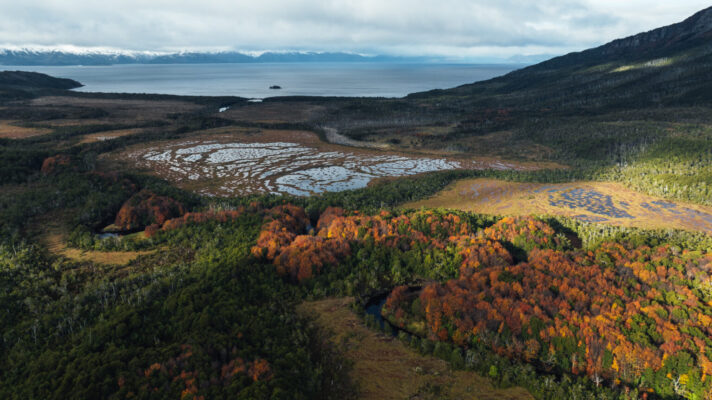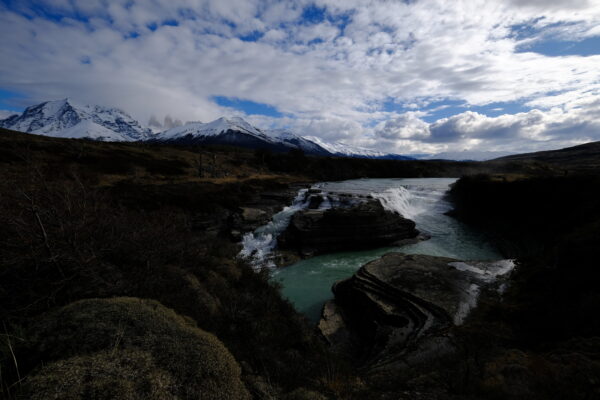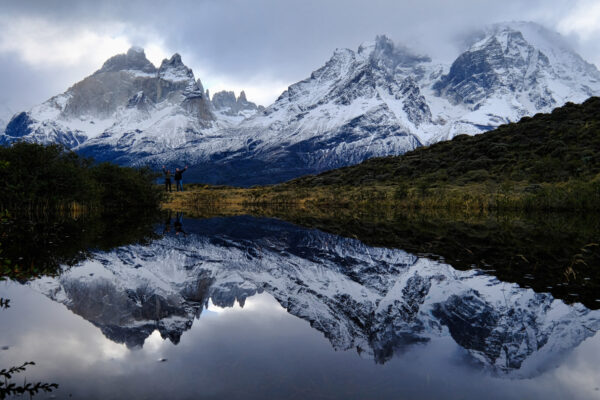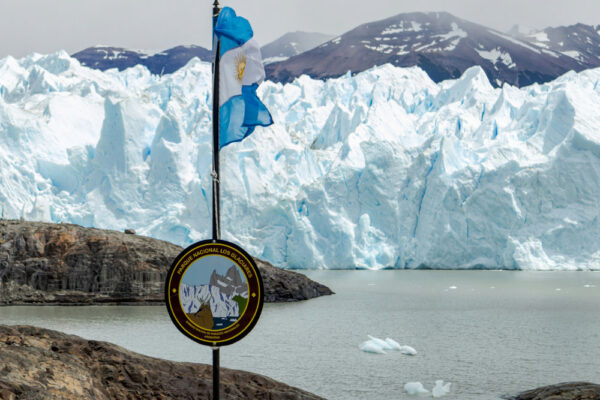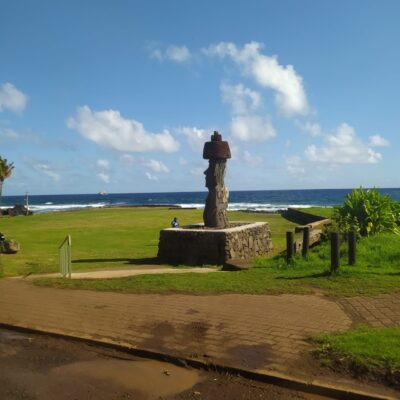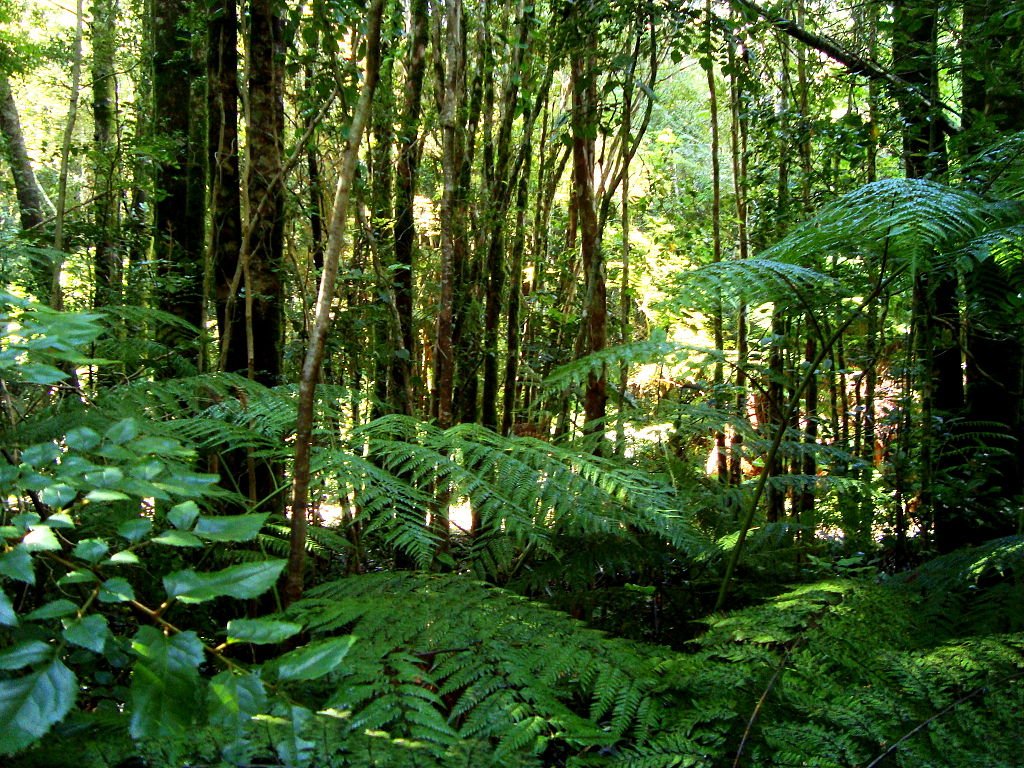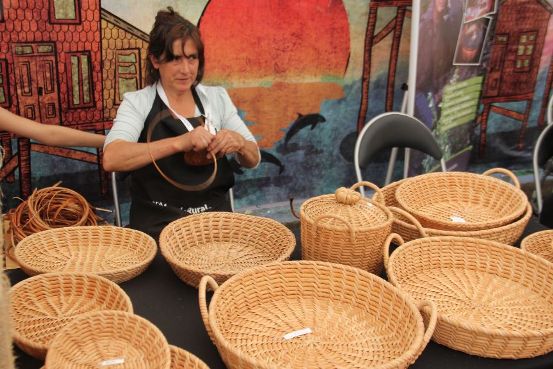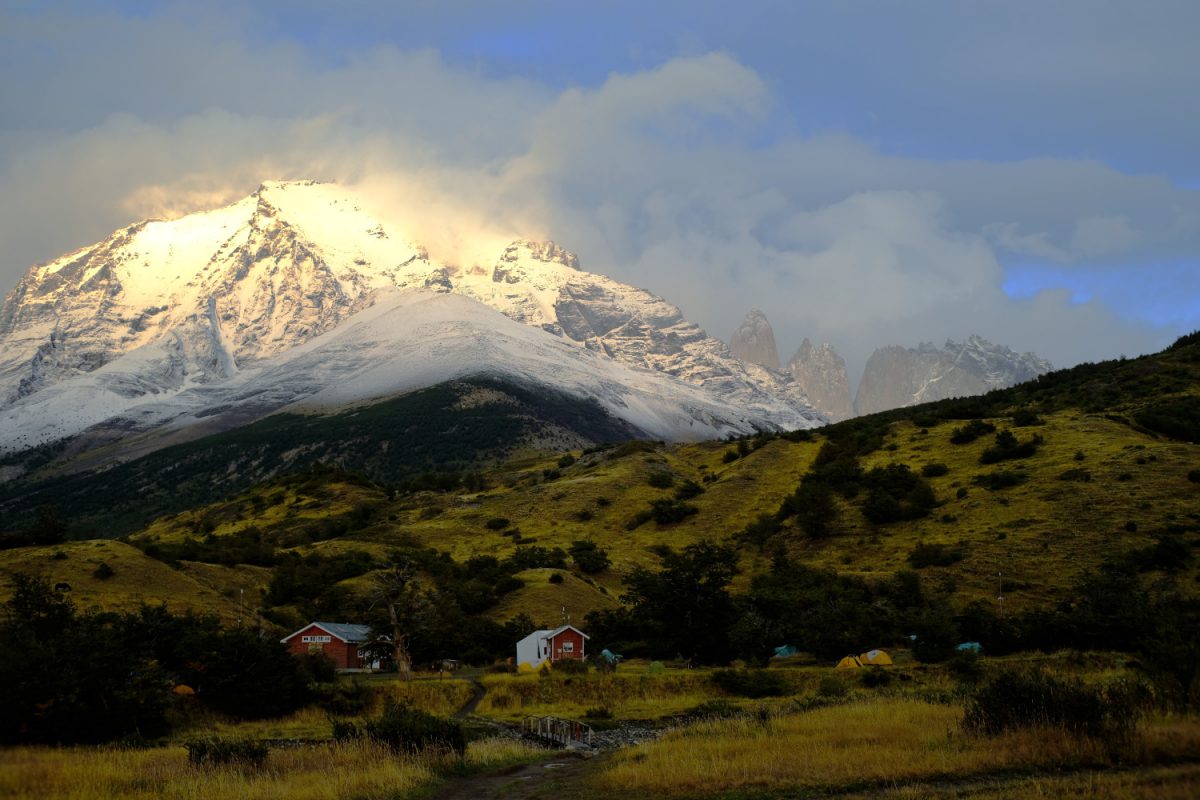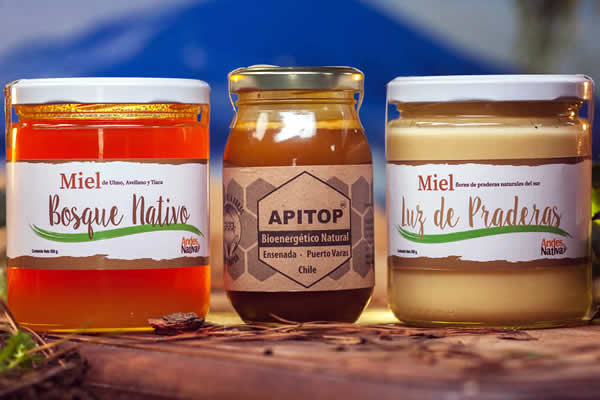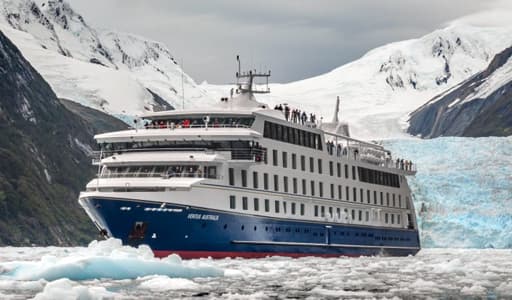The Valdivian forest, also called Valdivian temperate rainforest, is a bioregion of central-southern Chile. It is characterized by evergreen forests, in a temperate-rainy climate. It is the only temperate rainforest in South America.
Our Tours
North and Atacama Desert
Altiplano, Atacama Desert and a starry sky that you can only see like this in Chile.Route of Parks of Patagonia
“Imagine the most beautiful scenic route in the world already exists, and it is in Chile






